There is no doubt that Kashan Persian carpets, especially handmade carpets, are world-famous and are exported all around the world.
Persian Kashan handmade carpets
If you want to buy Kashan carpets, especially handmade carpets, first of all, you need to become familiar with their features, specifications, and cost; since they differ from those of other carpet weaving centers in Iran. We will check and analyze these items for you in this article to realize all aspects of the carpets. We all associate the city of Kashan with its carpets, as we indicated at the outset, and it’s possible to argue that Kashan is the only place that people immediately think of when they hear the name Persian carpets. According to surveys, more than 1,500 meters of handwoven Kashan carpets are produced every year. These carpets are known around the world for their exquisite beauty and great quality. It’s interesting to learn that because of how well-known and well-liked Kashan carpets are around the world, China, a brilliant copyist, sought to capitalize on their fame and established a town called ‘China’ in one of their provinces and here copies of Kashan carpets were manufactured and sold as hand-woven Kashan carpets. Given the long history of carpet weaving in Kashan, it is easy to see how the city’s buildings and history have been incorporated into the designs of local carpets. Beautiful carpets that have distinctive, delicate and elegant designs etched on them by local artists are woven in the city. The most important characteristic that made the Kashan handmade carpets so pleasing is their beautiful patterns and designs. There are a wide variety of designs utilized in Kashan carpets; below is a small overview of some of them 
- Mihrabi or dome design: As you might have guessed from its name, this pattern was inspired by the mihrab of the mosque and is primarily employed for rug weaving
- Afshan design: Afshan design is a unique and well-liked design with Lachak (corner) and Toranj (diamond) or made up of various-sized flowers and plants, as well as sluggish curved lines in the text, all encircled by a border strip.
- Potted Flower: One of the earliest and most unique Kashan handwoven carpet designs is the potted flower or tree pattern which comes in a variety of forms, and one of its advantages is that it never repeats itself and uses a tree or a vase to fill the full canvas.
- Hunting plan: The Safavid era’s hunting fields are most often associated with this very old kind of hunting ground architecture and this plan’s full field or canvas features a view of the hunting grounds, including wildlife, hunters, and numerous floras, as well as a map of the entire country.
- Mohtasham design: This unusual style features spinning and geometric motifs integrated within it has an extremely lovely wide border; it contains the streamlined design of the Majnoon (crazy) willow tree, flowers, and leaves, and its harmonious stem, which displays the laces of the carpet, willow trees, are the two primary characteristics of this design that make it appealing.
To know the Kashan handmade carpets better, the materials, type of texture, dimension, and colors of the Kashan handwoven carpet must all be examined. The first important ingredient of a carpet is its raw resources and fibers. Wool, cotton, and silk are the three fundamental base materials used in Kashan handwoven carpets and are how they are most commonly utilized. 
Persian handmade carpet price
Wool, which comes from sheep, is utilized as the main component of the carpet as a pile, naturally, silk thread is used in silk carpets, which are more affordable but at a higher cost of production. In the warp Yarn or horizontal threads (in Persia Chella), of Kashan carpets, cotton is the primary material choice, and thanks to its quality the woven carpets are extremely durable and theft-resistant. The majority of weft yarn in Kashan handmade carpets is cotton and is prepared in two different ways: thick bottom weft and thin top weft (thin weft). Another important factor that should be considered in Kashan handmade carpets is their texture. In Kashan handmade carpets, Persian knots are used with two-tuft and it is crucial to note that this is done in the form of three tufts in the Joshghan region, one of Kashan’s most significant areas for carpet weaving. In the Kashan region, the carpet raw count (in Persia Rajshomar), which is the most significant indicator of carpet quality, ranges from 25 to 70. However, depending on the raw materials utilized, this problem might vary and occasionally change in Kashan carpets. However, in Kashan, woolen carpets often have a row number between 27 and 40, fluffy carpets a row number between 30 and 45, and silk carpets a row number between 55 and 70 or higher. Understanding the visual aspects of the handwoven Kashan carpet and making an informed selection on its size, learning the size of the home in which the carpets are used is critical. The most common sizes for Kashan carpets nowadays are 3×2 and 3.5×2.5 meters, followed by 4×3 meters, rugs, zare, and half. Finally, color is another important factor that should be studied regarding Kashan’s handmade carpet. Kashan should be known for one very interesting reason: it is the birthplace of carpet dyeing all over the world! This magnificent and one-of-a-kind art has a history in Kashan stretching back more than 7,000 years. One way to recognize the carpets from this region from those from other parts of Iran is by their distinctive and peculiar hues. Lacquered, navy blue, millet green, cream, face, diamond blue, and other hues were commonly used in authentic Kashan carpets in the past. Lacquered canvas and navy canvas rugs are also popular, with a growing following. However, as home décor tastes evolved and modern hand-woven carpet textures emerged, a broad color shift occurred that affected all hand-woven carpets, not only Kashan carpets. 
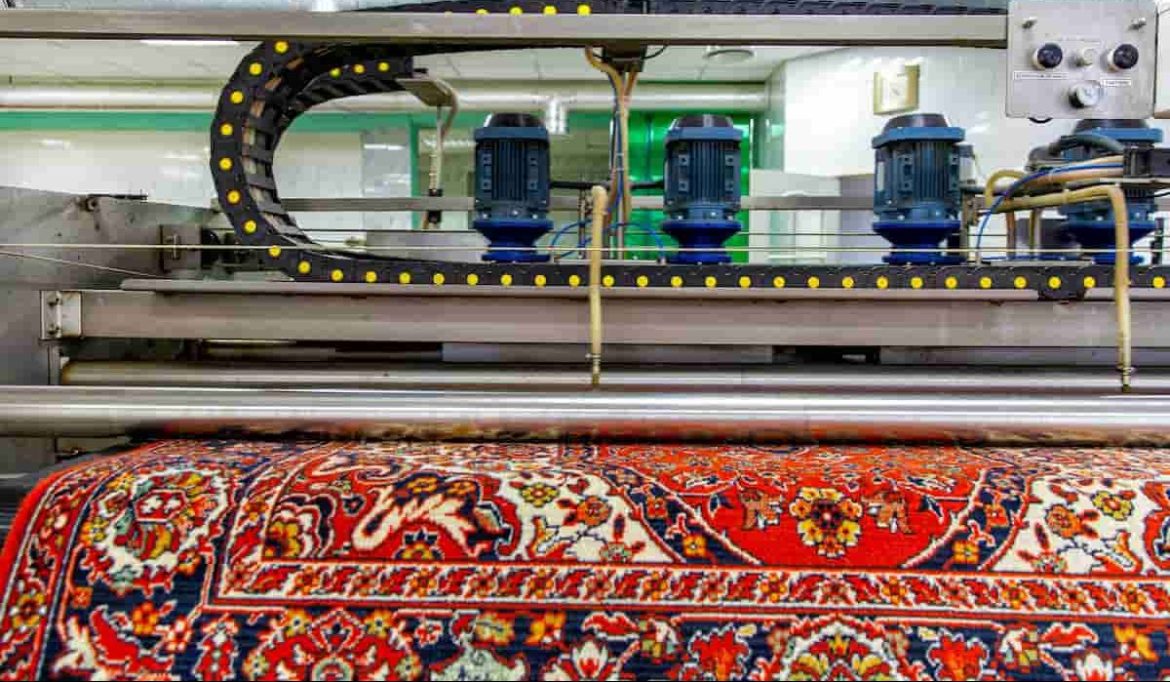
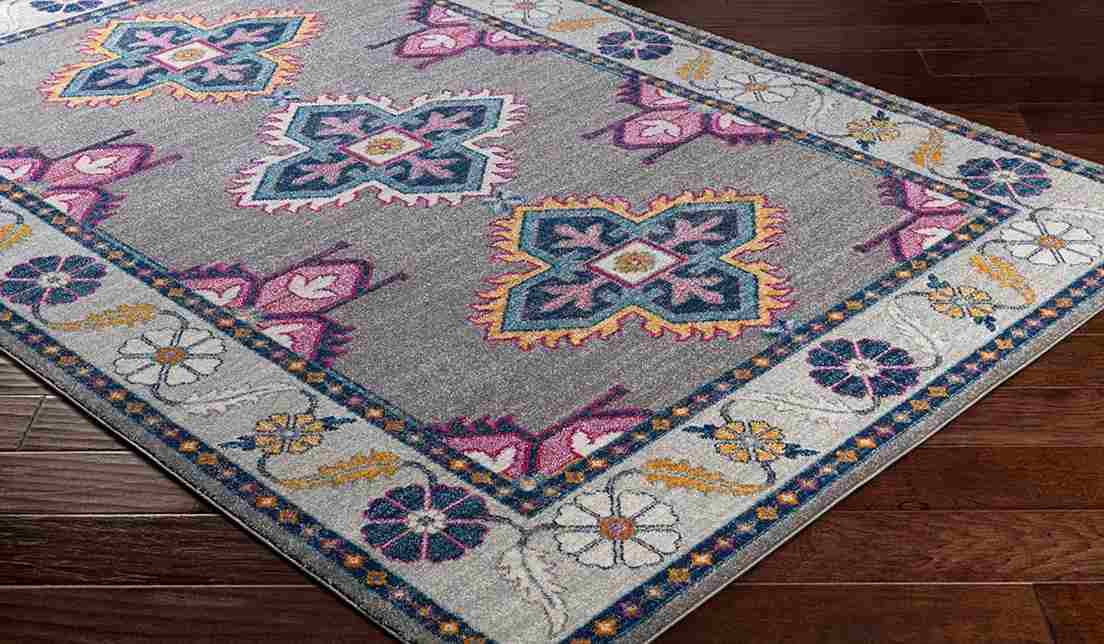
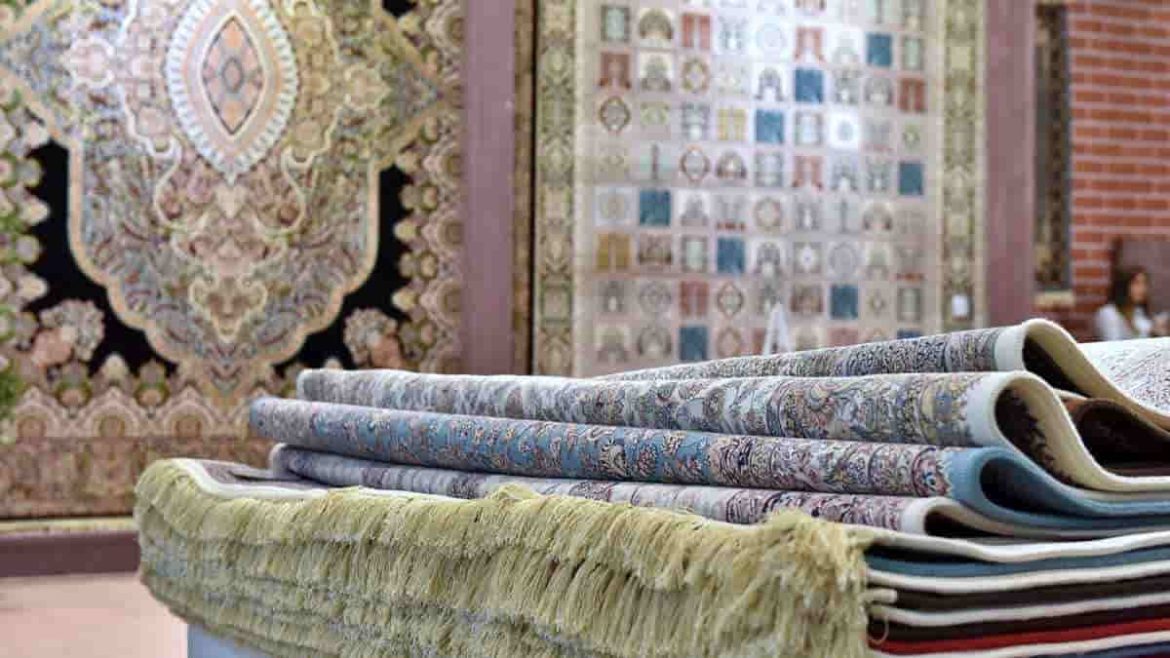
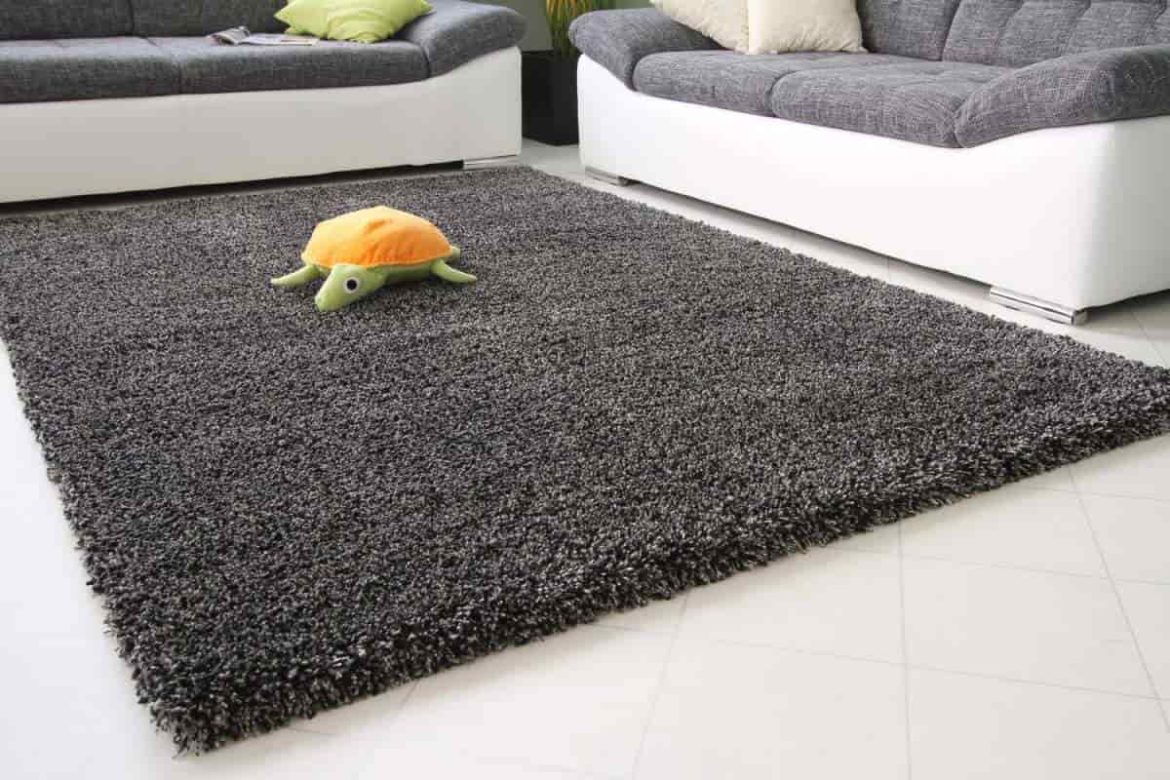
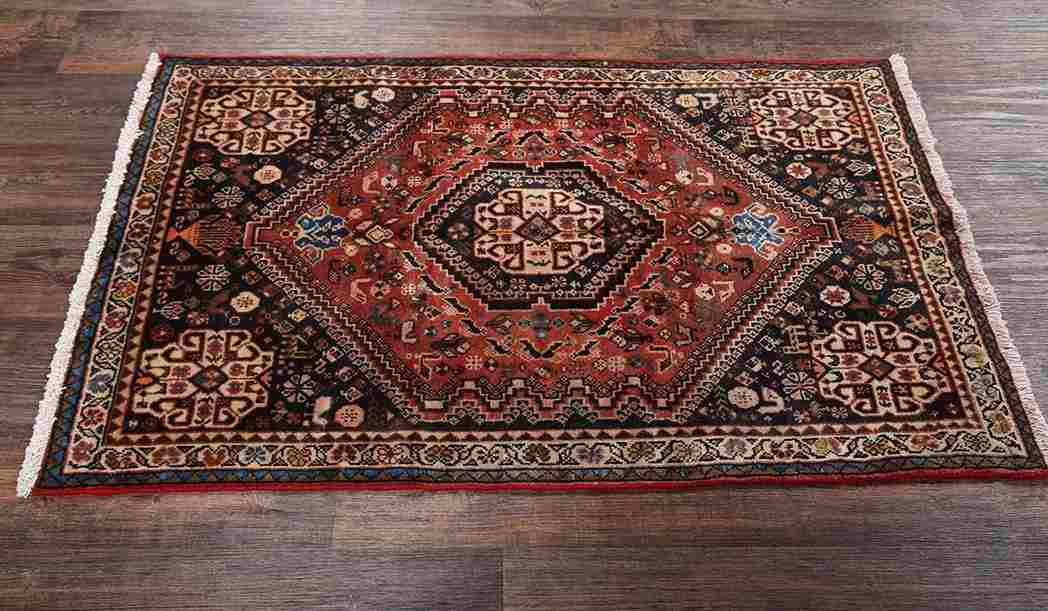
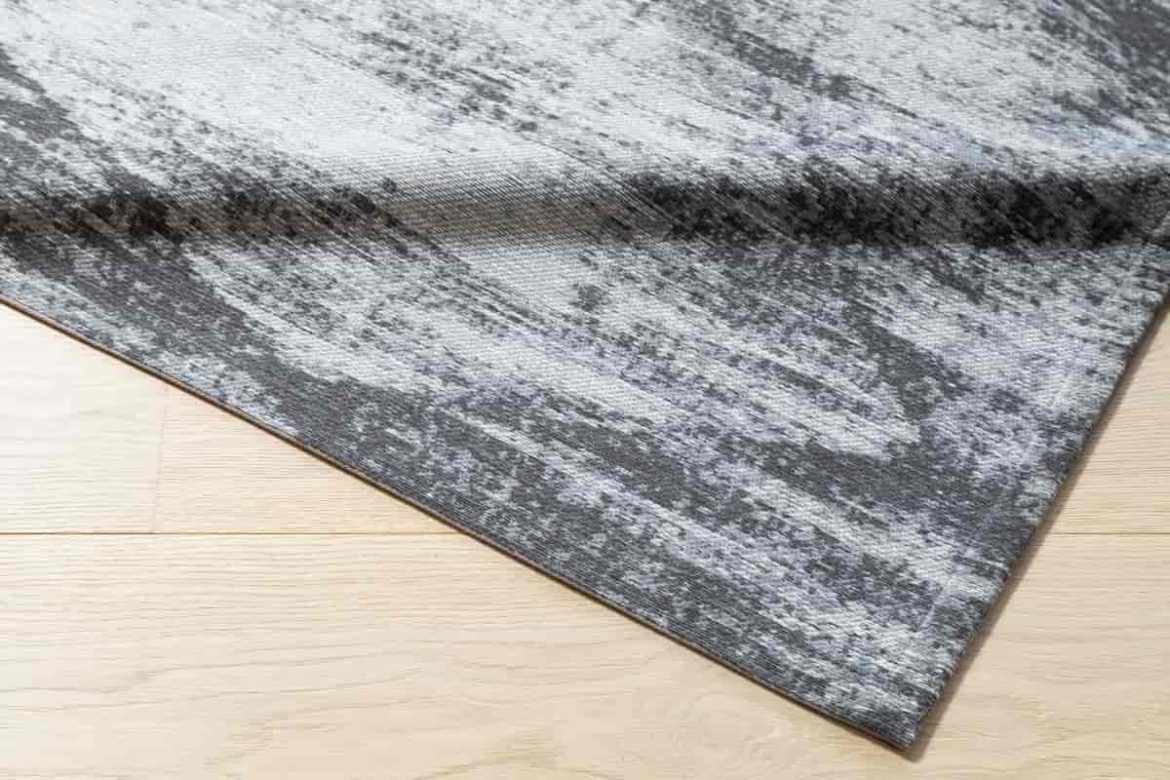
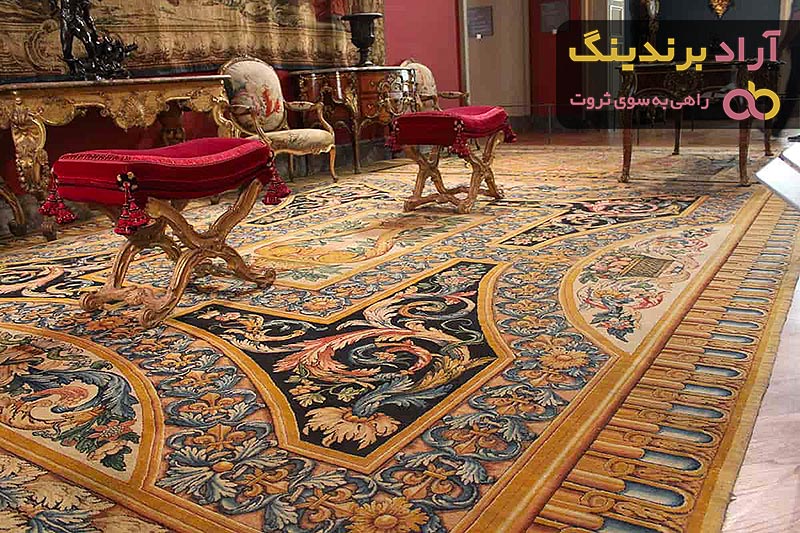
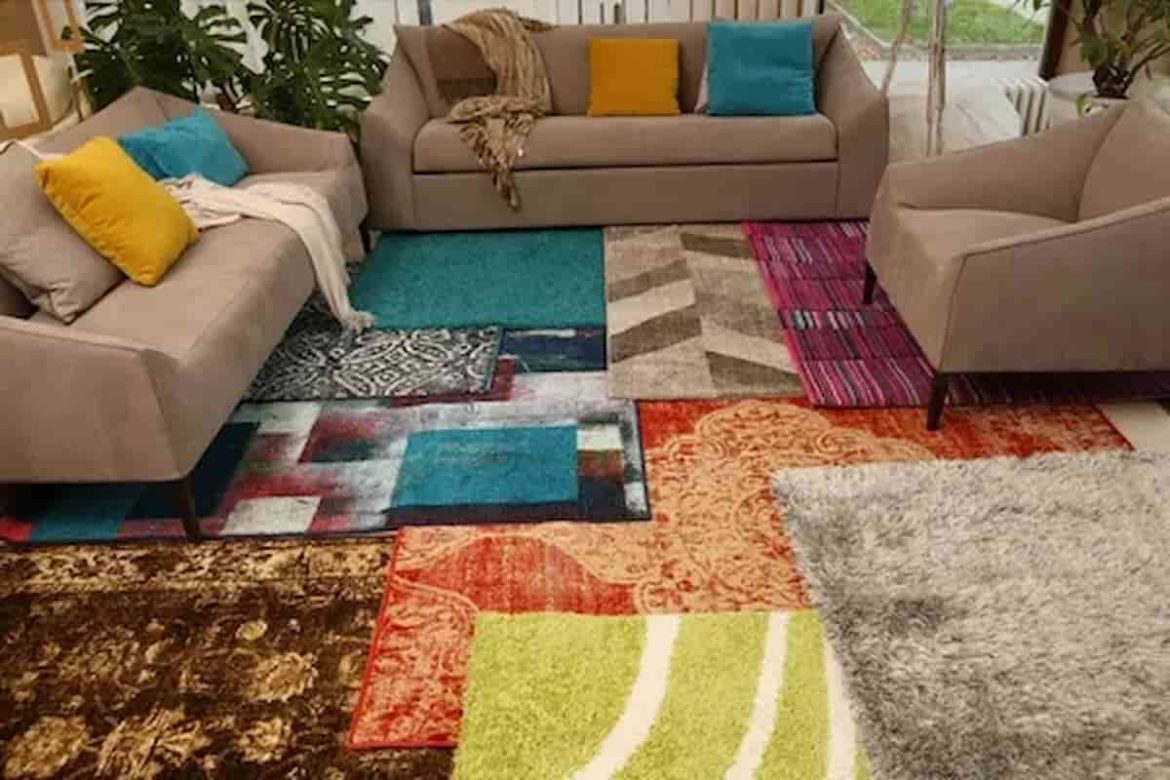
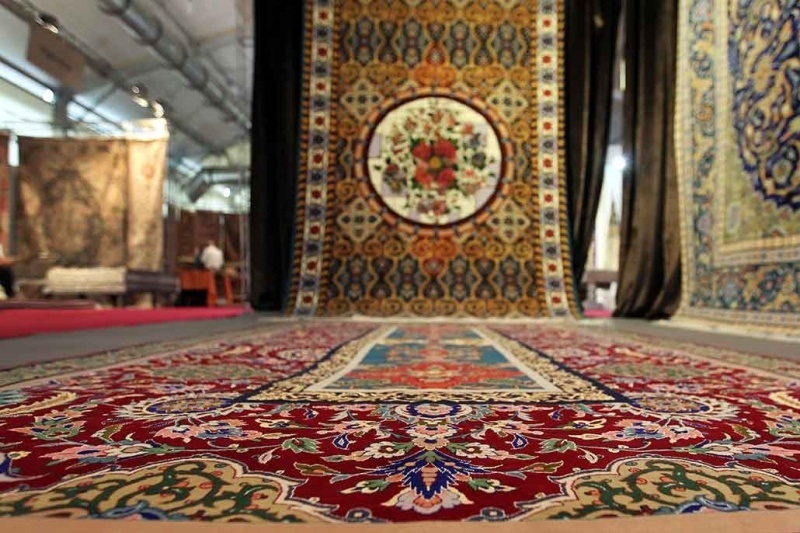
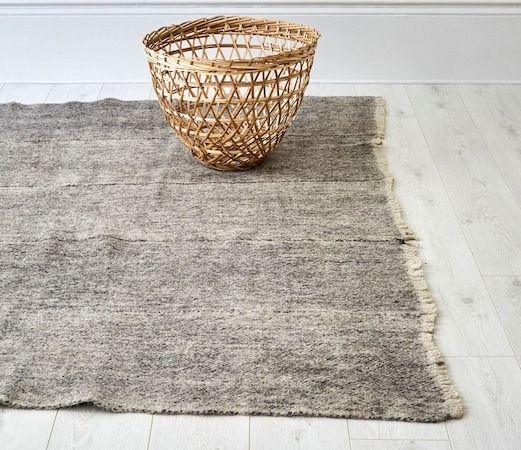
Your comment submitted.